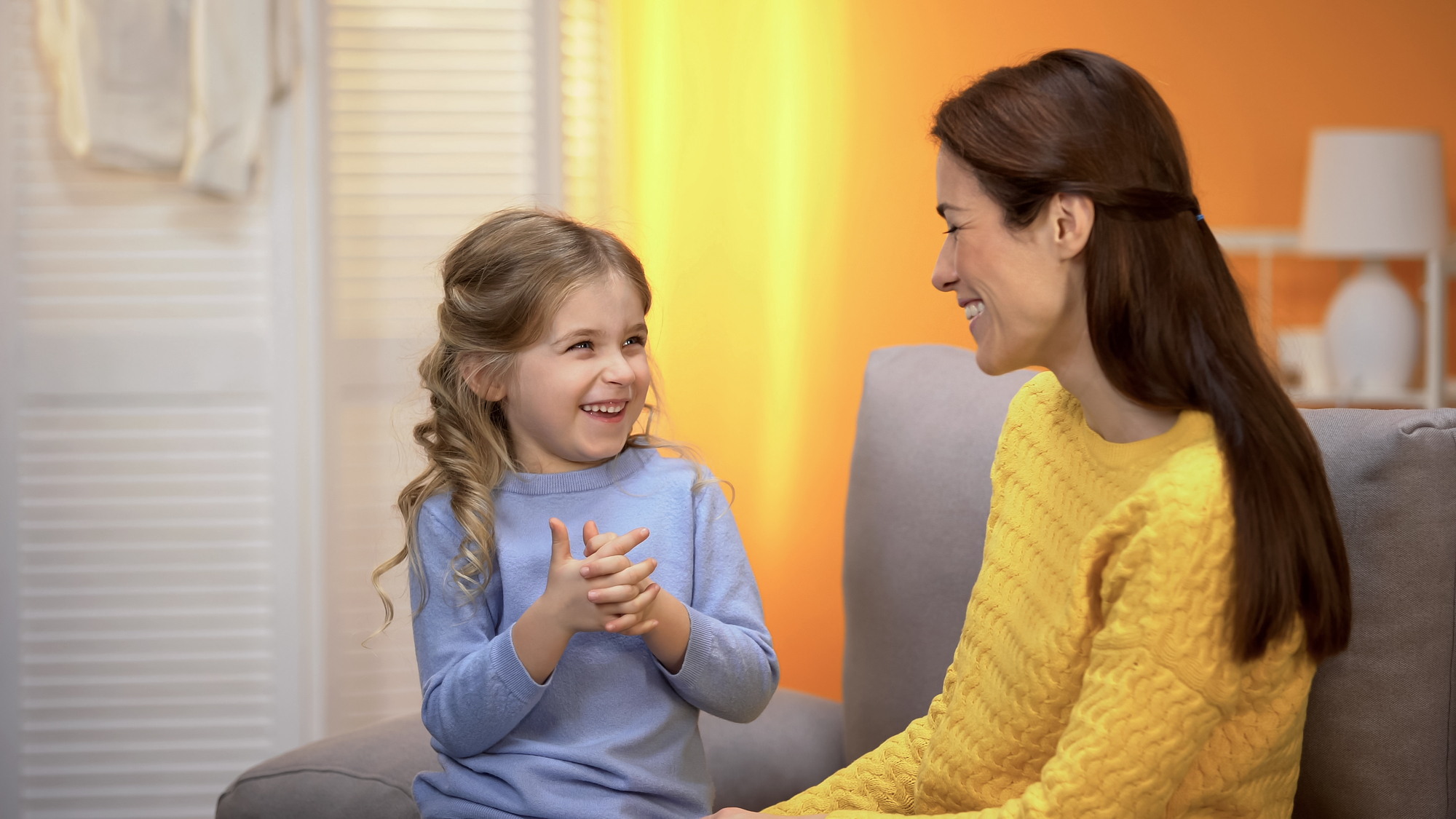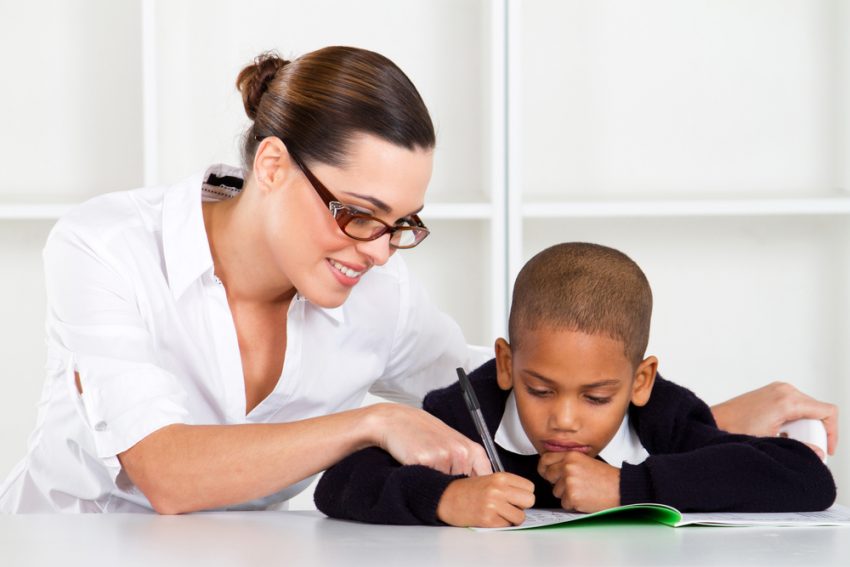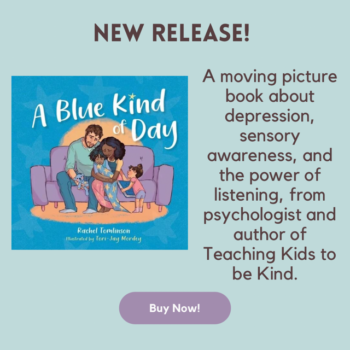“You’ll be ok!”, “Don’t cry, its alright”. These are human responses to our children when they are upset. They are well meaning phrases that can pop out of our mouths automatically, they come from a place of wanting to protect our children from discomfort and pain (physical and emotional). Its so easy for us to take the pain away (or at least try), and it’s a very valid position as a parent; however, there are consequences that arise from protecting our children from the challenges they will face in life.
What kind of consequences?
When we rush to provide our kids with solutions it doesn’t allow them the opportunity to problem solve or try and figure their way out of a mess. It also increases their reliance on us, or external sources to “fix” issues for them, so they lose confidence in their own ability to manage challenging situations, and can become dependent on an external source (rather than their own internal reliance) to come up with solutions or resolve their dilemmas.
When we rush to smooth over emotional distress, we can accidentally send a message that certain feelings (sadness, fear, anger) are things we don’t want to experience, or that our children aren’t capable of managing their own emotions. This can lead to children feeling scared of their emotions and they can develop some unhealthy habits to try and avoid certain situations or triggers.
When we rush our children’s feelings, we can also accidentally invalidate their feelings essentially, we unintentionally are telling them that the thing that made them feel sad, or scared wasn’t important, but essentially, we are also telling them that their experience and their feelings weren’t important either. Of course, this is never what we intend when we say “Don’t worry” or “Try and smile, things will get better”, but when we don’t allow our children to sit with their feelings it can feel as though what matters to them doesn’t matter to us as we want to quickly get past it and move on.
So how can I support my child?
- Modelling – Firstly it is never too early to start showing our children how we cope with our own big feelings. Babies have something called “mirror neurons” in their brains. They aren’t born knowing how to process or understand their senses and emotions, they can learn by simply watching us and “mirroring”. So, we need to be good role models when it comes to managing our own emotions. As a parent it can feel a bit vulnerable sometimes to show your feelings in front of your child, you don’t want to burden them with your own adult problems. However, kids will usually know that something is up, they are attuned to us and will likely have picked up something is off anyway. I’m not saying you should share all the ins and out of your own issues/concerns, but that shouldn’t stop you from sharing and naming your feeling as well as how you are going to manage “I’m feeling petty cross right now, so I’m just going to take a moment to be silent and maybe take a few deep breaths.” Or “I’m kind of sad at the moment, its ok to be sad, but I am going to put on some of my favourite music as that always helps me to feel better.”
- Name those emotions! If you see your child experiencing a feeling, name it for them. We aren’t born knowing about our feelings, we have to learn about them in the same way we learn our ABC’s. Before our children learn the names for their feelings all they know is the physical discomfort caused by the emotion; heart beating fast, sweaty palms (fear) or heat in the face or chest and tense muscles (anger). This can leave them feeling out of control, and when they don’t feel in control of their world or even their own bodies it can make kids feel even more overwhelmed…cue even more distress and meltdowns. So, when we name feelings for our kids when we see them experiencing them it helps them make sense of their world, their internal experiences and also triggers or why they have felt the feeling. And when they know what the feeling is (and why it has occurred), they have a better chance of being able to find the right strategy to help the manage the emotion. “I can see you are so sad right now, would a hug help?”, “You just told me your friend wouldn’t play with you at lunch and it seems like you’re feeling pretty mad, is that right?” When you name their feeling, you are also demonstrating attunement, which is essentially showing them “I see you, I understand you” which goes a long way to building a positive and strong relationship with your child.
- Empathy diffuses big feelings. We aren’t necessarily taking away the pain of something, but simply by connecting and showing understanding we can help reduce our children’s emotional distress. For example, your children might be squabbling over a favourite toy, instead of saying “Give Sam the game its his turn.” You could say “I see you are really upset that its not your turn yet. Its really hard to wait, right?” You haven’t fixed the issue of whose turn it is, but by helping your child identify their feeling and showing that you empathise with their experience it can actually reduce the intensity of the emotion because they feel understood. Showing empathy is a very powerful tool in the parenting toolbox.
The main reason parents rush to fix their kids feelings is because it causes them pain to see their child upset. So, figuring out some strategies, or even practicing some phrases that will help validate your child’s feelings, but also help you feel like you are supporting them could be just the ticket. Giving your child the tools to manage their feelings will help them learn to cope with big feelings, but can also help them in the future as these skills also set them up to be independent, capable and resilient adults.
References
Drigas, A. S., & Papoutsi, C. (2018). A New Layered Model on Emotional Intelligence. Behavioral sciences (Basel, Switzerland), 8(5), 45. https://doi.org/10.3390/bs8050045
Goleman D. Working with Emotional Intelligence. Bantam; New York, NY, USA: 1998. [Google Scholar]
Morban, D.A.H. & Cruz, N.C.M. 2016. Copying the development: mirror neurons in child development. Medwave 2016 Jun;16(5):e6466 doi: 10.5867/medwave.2016.05.6466








